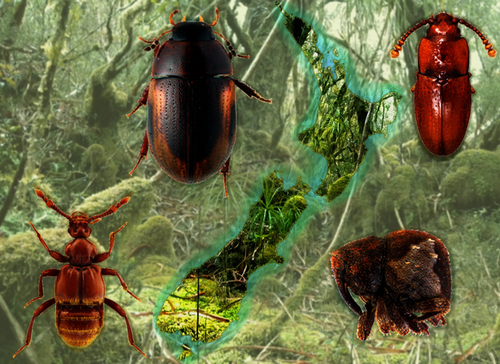
Objectives: Adaptive radiations, including those on isolated islands, are widely recognized as generators of immense diversity of species, lifestyles and morphologies. Taxon-island systems studied in detail so far were mostly focused on vertebrates or easy-to-recognize invertebrate taxa. This project addresses a model system that includes leaf litter beetle fauna of New Zealand, where massive radiations were recorded in several unrelated groups to test some controversial hypotheses about historical reasons for current species distributions, diversity and conservation risks.
Expected Results: Species-level phylogenetic/phylogeographic schemes allowing for population-level studies of few parallel radiations of leaf-litter New Zealand Coleoptera (mainly Hydrophilidae and Staphylinidae). Better understanding of the effects of the ancient radiations, more recent geological events, species limits, and very recent human impact on the current endemic fauna of New Zealand. Deeper understanding of current species distributions by means of ecological niche modeling.
Researching student: Matthias Seidel

